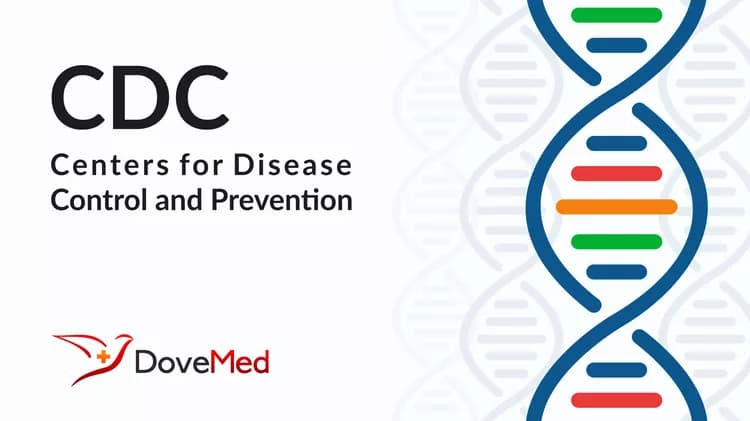
Independent Task Forces Release Recommendations on Community and Clinical Approaches to Preventing Skin Cancer
Independent Task Forces Release Recommendations on Community and Clinical Approaches to Preventing Skin Cancer
Research results on skin cancer prevention published in the October 17, 2003, issue of the Centers for Disease Control and Prevention's Morbidity and Mortality Weekly Report Recommendations and Reports offer recommendations for educational and policy approaches in primary schools, as well as recreational and tourism settings, to encourage people to wear hats or other garments to limit sun exposure.
Among other findings are conclusions that further research is needed to understand the effectiveness of interventions in areas such as child care centers and worksites, as well as mass media campaigns. The role that counseling by primary care clinicians plays in changing patient behaviors to reduce skin cancer risk also was reviewed.
This is the first combined publication from two leading independent panels: the U.S. Preventive Services Task Force, which is supported by the Agency for Healthcare Research and Quality, and the Task Force on Community Preventive Services, which is supported by the CDC. By coordinating the release of their recommendations, the task forces provide a comprehensive perspective of what works in doctors' offices, worksites, schools, and communities to promote health and prevent disease. Skin cancer is the most common cancer in the United States. In 2003, it is estimated that about 54,000 Americans will be diagnosed with melanoma, the deadliest form of skin cancer, which is expected to account for 7,700 deaths. The most preventable risk factor for skin cancer is unprotected ultraviolet exposure, yet at least 50 percent of children and adults do not protect themselves adequately from exposure to the sun's UV rays. While knowledge of the risk of sun exposure and the use of sunscreen and other forms of sun protection have improved over the past two decades, a gap still exists between knowledge and behavior.
"Findings released by the U.S. Preventive Services Task Force and the Task Force on Community Preventive Services are critical to public health professionals and clinicians in developing programs to help people reduce their risk of skin cancer," said Dr. Julie L. Gerberding, director of CDC. "We look forward to future recommendations by these independent panels to help shape health care practices across the country."
Dr. Carolyn Clancy, director of AHRQ, agreed. "I am very glad that AHRQ and the CDC can join together and support prevention in this publication and in future recommendations," she said. "It is very important to approach prevention with both clinical and community-based interventions. Ultimately, we are all working together to create a culture of prevention to improve the health of all Americans."
The U.S. Preventive Services Task Force and Task Force on Community Preventive Services anticipate an opportunity for future joint releases on clinical and community approaches to disease prevention. An example is an upcoming report on the effectiveness of informed and shared decisionmaking strategies to help people decide about getting preventive screening tests. These findings will be released in the American Journal of Preventive Medicine in January 2004. In addition, CDC's Task Force on Community Preventive Services is evaluating the interventions to increase delivery of cancer screening tests recommended by the U.S. Preventive Services Task Force.
Since 1990, the U.S. Preventive Services Task Force recommendations, considered the gold standard for clinical preventive services, have been published in a wide variety of academic journals, and the recommendations are disseminated to clinicians. The Task Force on Community Preventive Services, established in 1996, represents the community-based counterpart to the U.S. Preventive Services Task force and releases its findings to a wide variety of public health decision makers as the Guide to Community Preventive Services. To date, 88 Community Guide findings have been published, providing new resources for public health leaders to help make decisions about the application of limited public health resources.
For more information on the publication after the embargo lifts, go to http://www.cdc.gov/mmwr/mmwr_rr.html. For additional information on the Task Force on Community Preventive Services or the Guide to Community Preventive Services, go to www.thecommunityguide.org. For more information on the U.S. Preventive Services Task Force recommendation, go to http://www.ahrq.gov/clinic/3rduspstf/skcacoun/skcarr.htm. For additional information on the U.S. Preventive Services Task Force's Guide to Clinical Preventive Services, go to http://www.ahrq.gov/clinic/cps3dix.htm.
# # #
CDC protects people's health and safety by preventing and controlling diseases and injuries; enhances health decisions by providing credible information on critical health issues; and promotes healthy living through strong partnerships with local, national, and international organizations.
Related Articles
Test Your Knowledge
Asked by users
Related Centers
Related Specialties
Related Physicians
Related Procedures
Related Resources
Join DoveHubs
and connect with fellow professionals

0 Comments
Please log in to post a comment.